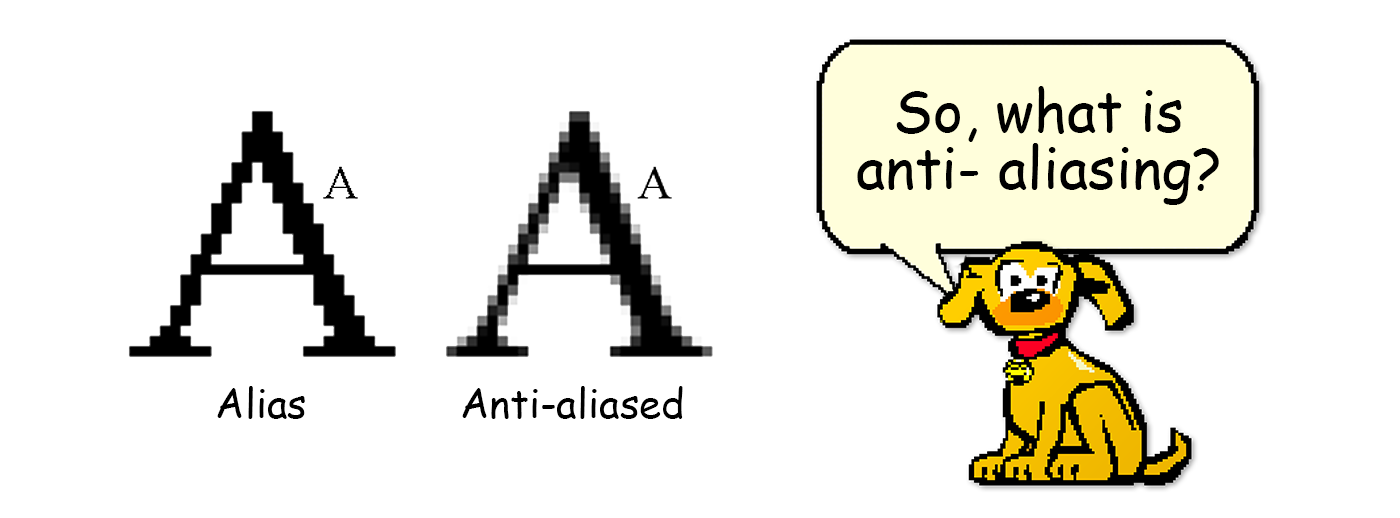8 Benefits of Hiring A Marketing Agency
by George Schildge
Marketing is increasingly responsible for more and more. More productivity, more effectiveness, more leads, more sales, etc. Marketing teams are feeling strapped with limited resources, smaller budgets, and there isn’t adequate training available. If you keep your entire marketing team in-house, you could wind up spending your entire budget on payroll and still not have all of the skill sets needed.
Despite the challenges of finding performance-based agency partners, marketers are outsourcing at record rates. According to Accenture, CMOs are turning to a large mix of agency partners and marketing service providers, outsourcing “between 45 percent and 75 percent of marketing activities.”
Companies can realize the following benefits by hiring
a performance-based marketing agency:
Cost/Risk: At much less than the cost of one full-time executive, you get an entire team of experts, and can expect cheaper ad costs and software costs, among others. Minimize the impact of marketing staff reductions.
Access: With the right firm, you still get complete access to all of your data and insights — no hidden fees/total transparency. Access expertise in marketing strategy and implementation, as well as creative design, focused on the specific job or project on hand.
Time: You save on all of the time it takes finding someone — or trying to learn the entire Internet marketing field yourself.
Experience: Get an outside perspective on your business. Your team will benefit from the experience the marketing team brings to the table, such as familiarity with your target market and the many marketing channels and opportunities available.
Deciding whether to hire in-house marketers or a marketing agency has the potential for predictable, scalable revenue growth. If you’re on the fence, here are top 8 reasons to consider outsourcing some of your marketing to a performance-driven agency.
- You get more than just marketing expertise
What if you could have predictable, effective marketing systems that generated and nurtured sales leads? By outsourcing some of your marketing, you get marketing talent, leading-edge strategies, shared experiences, and access to advanced marketing technology. You can seamlessly synchronize the end-to-end customer experience, and touch each stage of the buying cycle with agile, timely, and relevant marketing campaigns.
The marketing skills gap is very real. 75% of marketers say their lack of skills is impacting revenue in some way, and 74% say it’s contributing to misalignment between the marketing and sales teams, according to Oracle. Clearly, the game is changing and marketers need to master the new rules. An agency helps you bridge this gap, and provides a team of diverse people that have the education and the experience.
And, one marketing person can’t do it all. (Nor should they.) And if they do, can you afford them? With an agency, you get access to versatile professionals with proven backgrounds in business strategy, marketing, content marketing, communications, business strategy, graphic design, web design, internet marketing, and SEO. Because of these vast skill sets, they add great value when they contribute where needed.
- You want to be nimble and manage costs
Fixed cost are huge. People, systems, and facilities account for the largest part of the internal marketing budget. And the cost of a bad hire can easily cost a company over $200,000 (Calculate it here).
By comparison, marketing agency resources don’t need a full-time salary, benefits, and other overhead. When you hire a good agency, that team should provide a wide-range of strategic, tactical, and technology skills.
By outsourcing some or all of your marketing activities not only save your money in salaries and overhead, but our outsourcing partner can also save you money in direct purchases on marketing programs (e.g., printing, media buys, advertising, marketing technologies, etc.). By leveraging their suppliers, a good outsourcing partner can save a company 10 – 30% in their overall marketing spending. Here’s an example below. Just one direct hire cost a company about $120,000 (salary and overhead). A marketing outsourcing team typically cost less than that and one top of that you gain access to a full cross-functional team.
- You get access to the latest technology
Marketing departments are often technology-deprived, or they have a mixed assortment of incompatible marketing technologies. While companies have access to over 4,000 marketing technologies available to them, how do they know which ones to pick? And it’s often the case that marketing organizations are at the bottom of the IT department’s priority list, so there might be a lack of support and guidance. A performance-based marketing agency that can provide you guidance as well as implementation service and support are extremely valuable.
Marketing tools increase efficiency, productivity, and performance. There are tools you can find for free or of little cost, but often they are limited on producing results. But performance-driven agencies give you access to premium-level services, software, and analytical data reports.
Also, consider that advanced marketing automation tools do not provide marketing services. They require a professional who can interpret marketing data and make smart decisions in order to achieve results.
- Your existing staff becomes more efficient
Some companies try to get around hiring in-house marketers, social media personnel, content writers, and SEO experts by just having existing employees pick up the slack. Dumping the marketing burden onto existing employees (who may or may not be skilled in the area) increases the likelihood of burnout and reduces productivity in the long run. As well as, your marketing efforts will lack consistency and effectiveness even if they have all the necessary training.
If you outsource some of your marketing needs, you maintain momentum with critical projects – they’ll never fall to the wayside, drop down the priority list, or become forgotten. And when employees leave the company, they will most likely take the project assets with them (in the form of tribal knowledge). When you outsource your marketing activities, you have one centralized team as your partner.
- You don’t need to train agencies
It’s the marketing leader’s job to produce results, including drive quality sales leads, increase website traffic, build followers and subscribers, yet they often lack the skills, technologies, and strategies to pull it off.
Forrester Research stated in its report, “B2B CMOs Must Evolve or Move On,” that 96% of marketing leaders believe the breadth of skills required to succeed in marketing has increased, and 44% say they can’t find the right combination of people and skills in the job market.
Performance-driven agencies, like Matrix Marketing Group, provide a unique, holistic approach that allows clients to launch multidisciplinary campaigns with one “highly qualified contact.” Your dedicated resource is accountable for strategy through deployment. You don’t have to train your existing staff members because your agency has the depth and breadth of skills needed.
- You can easily scale your marketing efforts
When the economy tightens, companies tend to cut costs. Marketing is often the first to go because they are seen as a “discretionary” expense. And when times are good, marketing often gets more funding. It goes against the objectives of the CEO responsibilities, and that’s maximize stakeholder value.
But reducing and expanding the marketing budget is expensive. In the short-term, reducing or canceling marketing activities incurs cost. In the long-term, costs associated with attrition, staffing and erosion of knowledge base are more expensive.
Under a traditional in-house operation, the only way you can increase the output of your marketing team is to hire more employees. Agencies like Matrix Marketing Group already have cross-functional professionals on the core team that have been senior management with some of the top agencies, design firms or companies in the world.
- Stay current on the latest marketing trends, without a learning curve
Digital marketing agencies must constantly be up to speed and follow the latest developments across digital marketing trends on a regular basis. It is part of their job description.
What in-house marketer has time to read up on all the latest social media, SEO, technology, content marketing, and branding news? Usually, they are so buried in day-to-day tasks, there is no room to continuously grow, change, and evolve. The majority of reputable digital marketing agencies take education very seriously. I invest time to stay abreast of the latest trends, tools, technologies, and strategies to serve you better. According to the report above from Capgemini, only 4% of companies align their training efforts with their digital strategy.
Source Capgemini
- You benefit from an outside perspective
It’s easy for in-house Marketers to lose sight of the big picture. They tend to be immersed in the day-to-day activity and wearing many hats. They can’t see the forest for the trees. Employees may find it hard to express new ideas or bring up concerns, for fear of losing their jobs. But we’ve seen amazing results by collaborating with marketing team members.
Sometimes you can get too close to your business and not see your marketing strategies, programs, or materials from your audience’s perspective. Even though you may know your business inside and out by living and breathing it each day, your perspective is still one-sided. To market successfully to your current audience – and capture new markets – you need to step out of your shoes and into your target markets’ or customers’. Having a group on the “outside” supporting your needs helps to give you the customer’s perspective, not just your company’s.
Whether it’s planning, copywriting or designing, the right outsourced team will have experience with a variety of different marketing and communication strategies, techniques, and tools. You can rely on their lessons over the years to find the correct solution for your business challenge.
The Bottom Line
Companies of all sizes use outsourcing to help build their business and stay nimble. By outsourcing some or all of your marketing, you have flexibility and access to trained professionals and advanced marketing technology.
Here’s an example of an outsourced marketing campaign. The first month of the campaign, we may only do one blog post that attracts 84 new followers on social media, and generates 16 leads. The second month, we may publish two more blog posts, add two content offers, attract 192 new followers, increase our search engine ranking for eight keywords, which generates 37 leads. By the sixth month, we may have published a total of 30 blog posts, created 10 content offers, have a total of 1674 followers, and are showing up on page one of Google for five keywords, and generate over 240 leads. The compound effect from creating those assets over time didn’t just double the leads in the second month, they generated 10x the results in only a few short months. So you can see the value–right?
When you are hiring a marketing agency, you should assume that you are getting senior-level marketing professionals with a wide-range of skill sets. When picking agencies, some companies worry about product knowledge and try to find vertical industry firms. Your employees should have product/service knowledge to provide guidance and edit for content. Your agency should provide you with an outside viewpoint on where to find your market and how to talk to it.
The ideal situation is to have at least one point person working internally who can collaborate with the marketing agency to help them understand your brand voice, key messages, content, and demographics. A performance-based agency will have lots of ideas on to contribute based on trends, statistical data, and competitive analysis, but we find the best results come from working with a dedicated staff within our client’s company.
I’d love to hear your comments and don’t forget to share.






